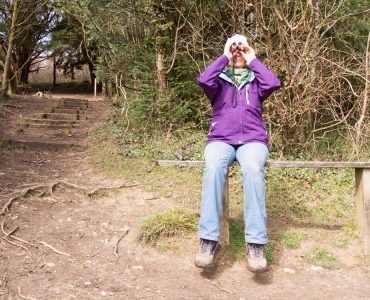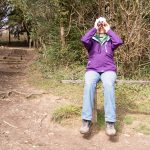The bird is known as Larus Argentatus, in its scientific naming. This is a large sized gull which can span up to 66 centimetres in length and is found in huge numbers across Europe, Asia and North America and shores across these areas. The birds also tend to migrate across southern regions during cold weather who are normally residents of colder areas. These birds are also present in huge numbers across the places where garbage is dumped and with time, as man has taken up a lot of their living space, the birds have also been seen adapting to the cityscape and making their living there.
There are as many as eight species of this bird which have been identified yet. The normal wingspan of this bird can be between 138 cm to 150 cms. The breeding plumage in adults takes a grey black colour on the upper side of the wings, with under parts and head being white in colour. The tips of the wings are black in colour and there are “mirrors” on them, which are so called white spots on those black wingtips. The bill of this bird is normally in yellow tone with a mild red coloured spot on top of it. There is also a part of yellow skin underneath and also the eye, giving it a pale appearance. The lags of this bird are short and have a pink colour through out its life span. There has been a colour difference observed in the breed of this bird seen in the Baltic region. Those birds have yellow legs. The adults which do not breed would have brownish coloured streaks present both on their neck & head. There is no difference in the appearance of male & female birds, though the males during breeding season are larger than their female counterparts.
The younger ones, juvenile would have brown and dark streaks on their body. The eyes and bills would also have brighter tones of colours in comparison to the adults. The call of these birds is quite popular across the region, and is known to be a loud laugh. The bird has different types of calls, identified as low barking call which symbolizes its anxiety and yelping voice, which shows any alarm around it. The chicks of this bird also make a high pitched sound on a repeated basis which is the way they convey for food or any other signals to their parents. The same symbols are used by these birds, while in urban areas, they look for food.
The birds make their groups based on their characteristics like physical strength, aggression or size of those birds. Also these birds do not do much of social grooming and avoid any contacts with other birds. The birds also fight a lot if few of them do not maintain distances but then do not get aggressive.
These birds tend to eat anything which is available and can munch on any rubbish or preys in the field. They can find themselves something to eat on a coast, or in the city.
Herring Gull
Let us know if you liked the post. That’s the only way we can improve.











